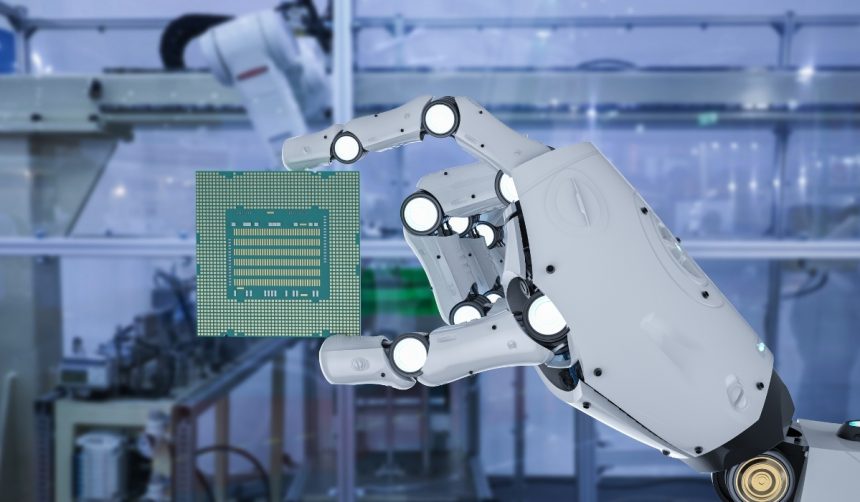The high cost of humanoid robots poses a significant challenge in the robotics industry. ObotX has introduced an innovative and cost-effective alternative with its patented kinematic system. Named “Elon,” this mobile manipulator offers a similar range of motion to dual-armed humanoid robots but at a fraction of the cost. ObotX is actively seeking partners to help bring this new technology to market.
Comparatively, past news reports on humanoid robots often highlight their exorbitant costs and complex mechanisms. Despite advancements, companies such as Tesla, Boston Dynamics, and Agility Robotics have struggled to bring affordable humanoids to the market. Tesla’s CEO Elon Musk has suggested a future price target of below $20,000 for their Optimus robot, but current models still exceed $100,000. In contrast, ObotX’s approach targets a more immediate and cost-efficient solution.
Cost Challenges in the Humanoid Robot Market
The humanoid robot market has seen rapid development over the last couple of years. High-profile companies like Agility Robotics, Tesla, Boston Dynamics, and others have launched new products. These robots typically come with over 25 motors/actuators and more than 30 degrees of freedom, contributing to their high costs and unproven utility in practical applications.
Elon Musk has claimed that Tesla’s Optimus will eventually sell for under $20,000. He believes that affordability is key to ubiquity in the market. Most contemporary humanoid robots, however, still cost upwards of $100,000, making widespread adoption difficult. Industrial autonomous mobile robots (AMRs) face similar price challenges, often exceeding $40,000.
ObotX’s Affordable Alternative
ObotX’s mobile manipulation system employs inexpensive linear and rotary actuators mounted on an AMR. According to the company, this setup can achieve similar motion and actuation capabilities as humanoid robots, but with significantly reduced complexity and cost. By utilizing fewer actuators and leveraging mature AMR technology, ObotX aims to lower the bill of materials (BOM) for its products.
The company offers its system under an open-source license, making all related content, patents, drawings, instructions, and software freely available for personal and research use. An official website is in the works, and commercial licenses will be available on a royalty basis. For those interested, additional details can be found on ObotX’s Patreon site.
The innovative approach by ObotX suggests a shift in the robotics industry toward more affordable and practical solutions. While traditional humanoid robots remain expensive and complex, ObotX’s strategy focuses on simplifying design and reducing costs. This could accelerate the adoption of advanced robotics in various sectors, making technology accessible to a broader audience. As the robotics market evolves, partnerships and collaborations will be crucial in bringing such innovations to fruition.










